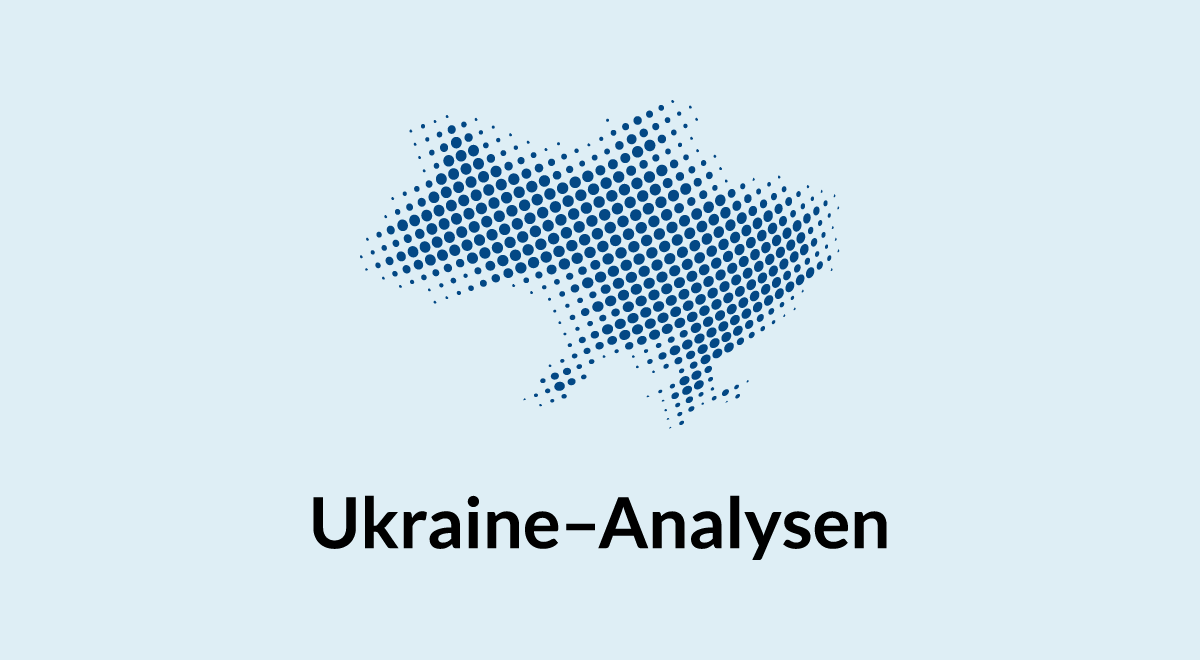 Analyse
Analyse Von Jurij Hanuschtschak, Oleksij Sydortschuk, Andreas Umland
Die Dezentralisierung seit 2014 ist eine im Ausland bislang nur wenig wahrgenommene relativ erfolgreiche Reform der Ukraine nach dem Euromajdan. So findet derzeit eine umfassende Neuverteilung staatlicher Finanzen und Kompetenzen an örtliche Selbstverwaltungsorgane sowie eine dynamische Neuordnung des ukrainischen administrativen Systems durch den fortschreitenden Zusammenschluss früherer Kleinkommunen in größere, lebensfähigere Territorialgemeinden statt. Aufgehalten werden wichtige Teile der Dezentralisierung bislang vor allem durch die Nichtvollendung einer für die Reformumsetzung relevanten Verfassungsänderung. Diese wird vom ukrainischen Parlament aufgrund einer umstrittenen Auflage aus den Minsker Vereinbarungen abgelehnt, nämlich der Zubilligung eines Sonderstatus für die derzeit von moskaugesteuerten Separatisten kontrollierten Gebiete des östlichen Donezbeckens (s. Ukraine-Analysen 155, S. (…)
Zum Artikel ![]() Artikel
Artikel Von Nadja Douglas
ZOiS Report 6/2020 State-society relations in Belarus have been tense for many years. The presidential elections in August 2020 and the mishandling of the ongoing Covid-19 pandemic have proved to be the catalyst that brought these fragile relations to a complete breakdown. Over the years, the widening gap between a new generation of an emancipated citizenry and a regime stuck in predominantly paternalistic power structures and reluctant to engage in political and economic reforms has become increasingly evident. The deteriorating economy during the last decade and the perceived decline of the country’s social welfare system have been important factors in these developments. At the same time, the regime has continued to invest in its domestic security structures to a disproportionate extent compared with neighbouring states, allowing the so-called silovye struktury (“state power structures”) to gain influence at the highest level of state governance. (…)
Zum Artikel auf zois-berlin.de